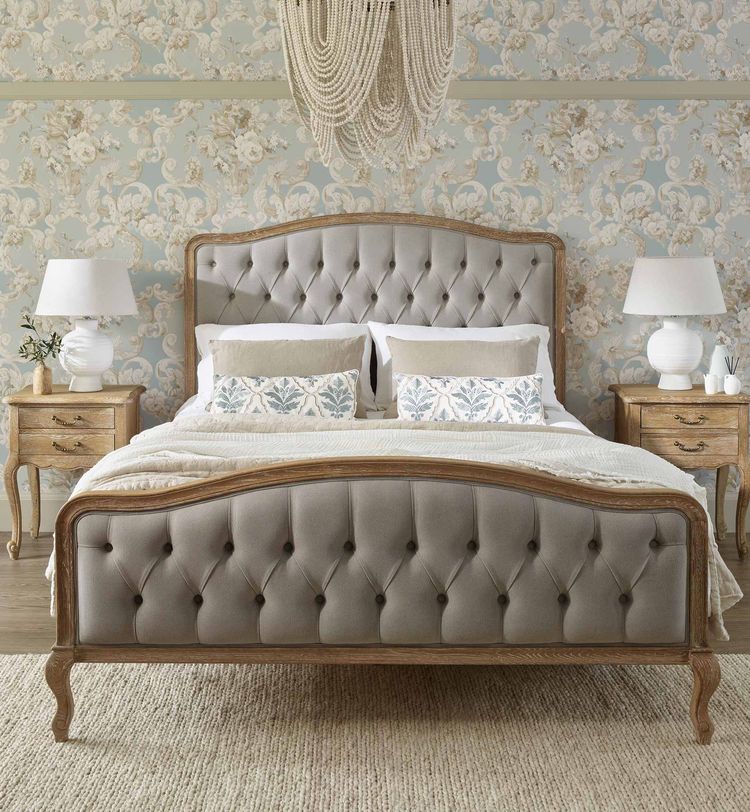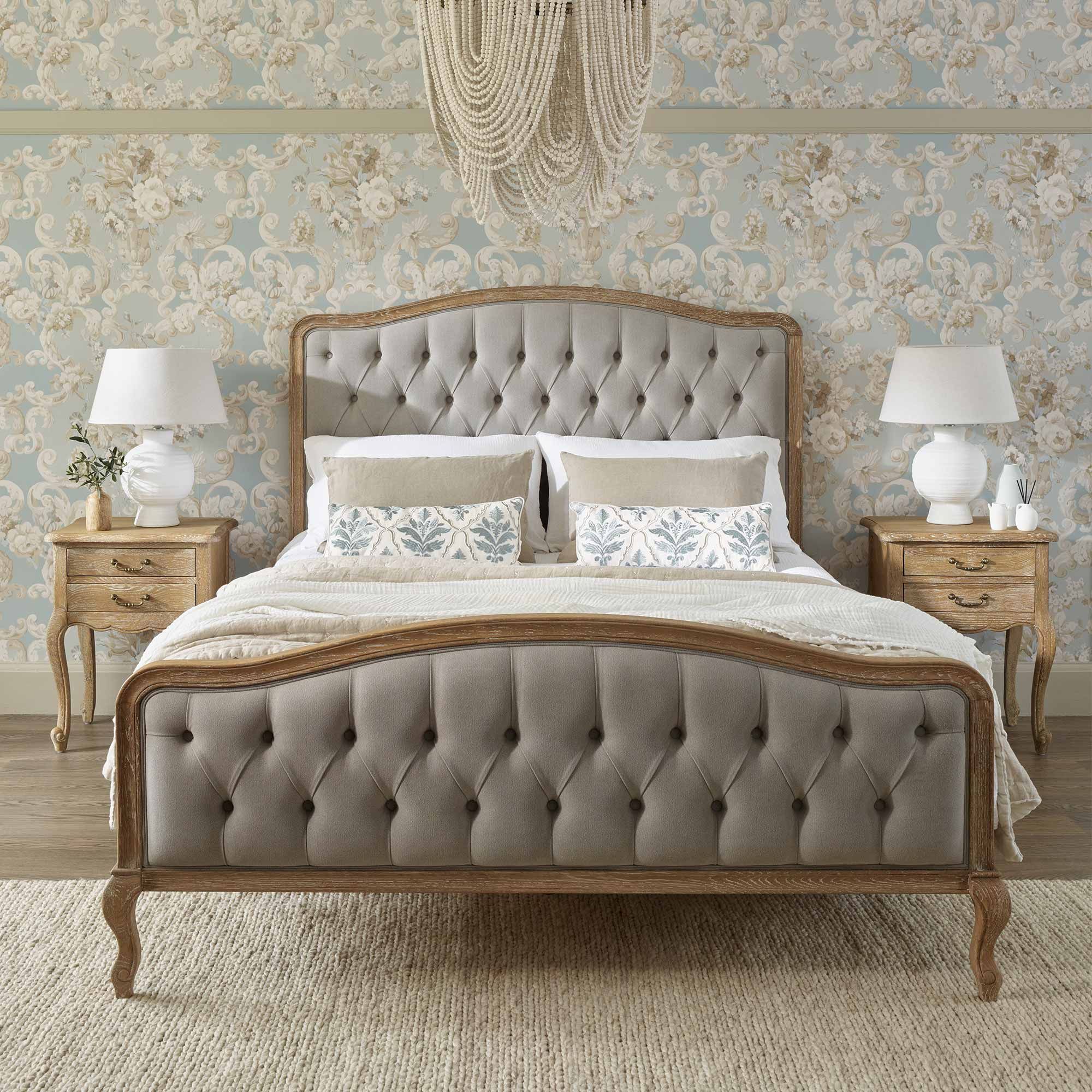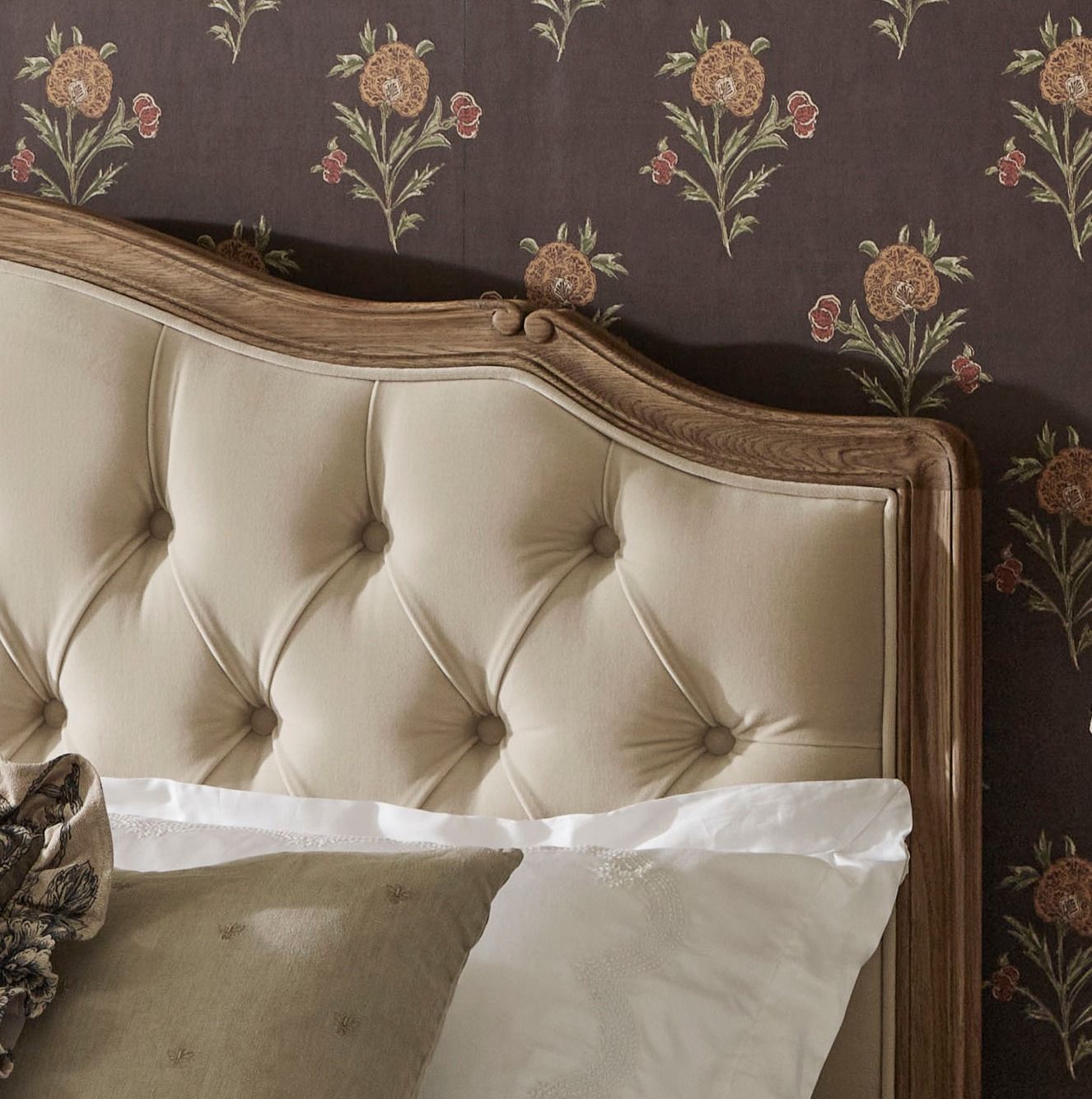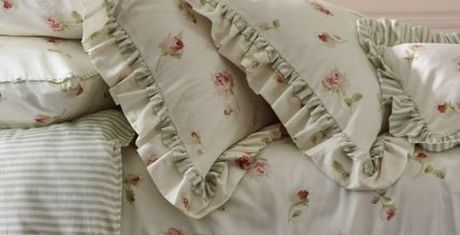Last updated: 12.09.2025
Why We Love Upholstered Beds
Upholstered beds add both luxury and functionality to your bedroom, with beautifully worked fabrics varying in style and colour creating a sense of comfort and warmth, whilst being a restful place to lay your head. Upholstered beds come in a vast array of designs and sizes to suit your preferences and requirements, and paired with a complimentary luxury mattress, you can create a truly luxurious abode in which to unwind and relax, whether that’s reading the Sunday papers, listening to calming music or chatting and playing with your little children.
How To Clean Upholstered Beds
As with most home furnishings, upholstered bed frames can, in time, become dusty or unkept. It may be hard to notice as it can be a relatively gradual process as a build-up dust settles onto the fabric, or in some cases, tragedy strikes and wine, coffee, or even food gets onto the fabric upholstery!
Whether you’re on a mission to spring clean, or your upholstery is in more urgent need of some TLC, we’ve put together a quick and easy guide to ensure your beautiful bed stays looking brand new for years to come.
Quick To-Do List: How to Clean an Upholstered Bed
Hoover weekly using a soft brush attachment to remove dust and debris.
Blot stains immediately with a clean, dry cloth — never rub.
Check fabric type (velvet, linen, cotton) and follow specific care instructions.
Use a mild upholstery cleaner or baking soda for deeper refreshes.
Spot test first on an inconspicuous area before applying products.
Air out the room and let the fabric dry fully before making the bed again.
Step 1: Your weekly routine
Ideally, your upholstered bed should be hoovered on a weekly basis to keep it at its best. This usually means using the handheld hoover fixtures as helpful little tools to reach the depths of intricate folds and buttoning to remove the hardest to reach dust and dirt. Not only will this keep your bed looking immaculate, it’ll rid your bedroom of excess dust particles for cleaner air (and better sleep).
Step 2: Unleash the fabric cleaner
Once you’re confident you’ve rid your bed of everyday dust, it’s time to give your beautiful bed some love and care. Opt for a reputable fabric cleaner that is up for the task, and don’t forget to do a patch test on an area that is out of sight. This will mean applying a small amount of the cleaner and returning in a few hours, or even the next day, to ensure that it hasn’t stained or damaged the fabric frame.
Allow the fluid to dry fully so you can see if any marks have been left behind, and be sure to do this in the daylight. Apply the cleaner sparingly when you’re using it for a quick clean, and always check the label to ensure you’re applying it correctly – instructions are likely to vary significantly depending on the product you’ve chosen.
Buy Our Fabric CleanerStep 3: Apply Baking Soda
You may have used baking soda to clean your mattress before, and if so, you know how quickly it likes to get around the room. Apply baking soda liberally to your upholstered bed, ideally after it is stripped of bedding, throws and other home comforts, and leave to work its magic for a couple of hours.
It will naturally absorb moisture and odour causing particles that have worked their way onto and into your bed head. Once two to three hours have passed, it’s time to reintroduce the hoover. You’ll need to be thorough, but once you’ve gathered the baking powder, you’ll be left with a fresh smelling upholstered bed to enjoy a perfect night’s sleep in.
Emergency Step: Blotting Your Upholstered Bed
Upholstered bed fabrics are often delicate and require gentle maintenance. Should the worst happen and you find your bed has had an unfortunate encounter with a stainable liquid, try not to panic and do not scrub it out.
Instead you’ll need to source your trusted upholstery cleaner (that you’ve previously tested), and gently blot the liquid out, as opposed to vigorously scrubbing and wiping. Progress may be slow, but a patient technique will serve you well when it comes to preserving precious fabric.
Get To Know Your Fabric
Upholstered beds are often made from a variety of materials, and the trick is to gain an understanding of how to clean the specific fabric your bed is made from. For example, velvet beds will require treatment with a dry, clean cloth followed by gentle brushing, whereas this would be inappropriate for a linen upholstered headboard which would benefit from a mild soap or detergent.
Read more | How To Clean A Velvet Bed
Better to always research your fabric online, and of course, test the theory before fully committing! As a general guide, manmade fabrics such as polyester are easier to care for and less absorbent of stains than natural fabrics such as linen, cotton or silk.
Don’t forget you can find an extensive range of stunning upholstered beds here at French Bedroom, along with corresponding mattresses and bedding to transform your bedroom space.
Our Customer Experience team are always on hand to answer any questions you have, for extra reassurance. Do visit our website to find your perfect upholstered bed - we have a passion for French style furniture.
FAQs
It’s best to hoover your upholstered bed weekly using a soft brush attachment to remove dust, pet hair, and general debris. Regular light cleaning helps prevent build-up and keeps the fabric looking fresh.
Always blot stains immediately with a clean, dry cloth - never rub, as this can push the stain deeper into the fabric. For tougher marks, use a mild upholstery cleaner or a homemade solution like baking soda and water, but always test a small hidden area first.
Sprinkling a light layer of baking soda across the upholstery, leaving it for 20-30 minutes, and then hooveringit off can help neutralise odours and refresh the fabric naturally.
While some general household cleaners can work, we recommend gentle, fabric-safe upholstery products designed for delicate materials. At French Bedroom, we also suggest investing in a quality upholstery care kit to ensure your bed stays in perfect condition.
 Learn more about Georgia Metcalfe.
Learn more about Georgia Metcalfe.































